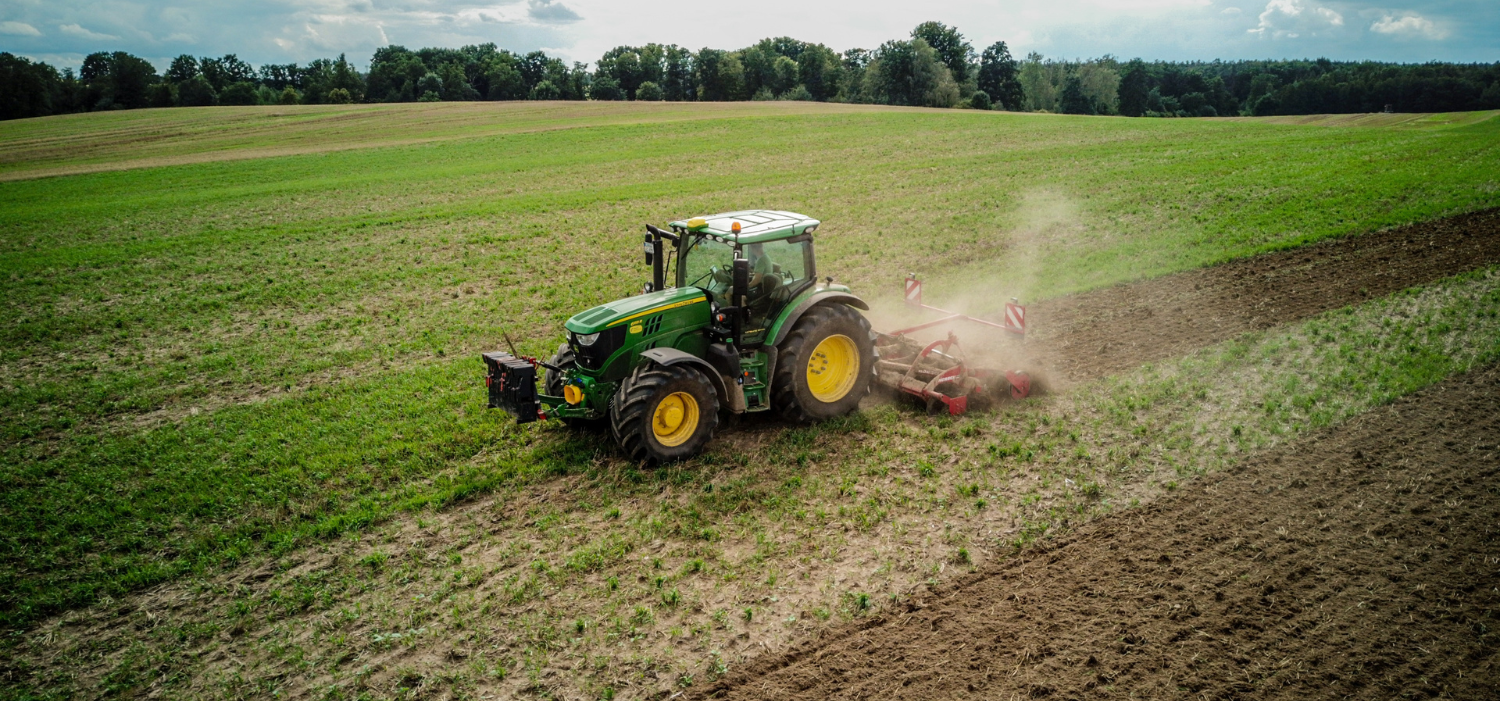
Soil preparation is the cornerstone of successful farming, and for centuries, ploughing has been a trusted technique for farmers. However, with advancements in agricultural technology, modern equipment like the rotavator has gained popularity as an efficient alternative. But which method is better for Indian farms—traditional ploughing or the rotavator? Let’s delve into a detailed comparison.
1. What is Traditional Ploughing?
Traditional ploughing involves using a plough, either animal-drawn or tractor-drawn, to turn the soil. This process:
- Loosens the soil.
- Mixes crop residues with the soil.
- Prepares the field for sowing seeds.
While ploughing has been used for generations, it requires multiple passes to achieve the desired soil texture, which can be time-consuming and labor-intensive.
2. What is a Rotavator?
A rotavator is a tractor-mounted implement equipped with rotating blades that:
- Break and pulverize soil in a single pass.
- Incorporate crop residues into the soil.
- Create a fine seedbed for planting.
Rotavators are known for their efficiency, making them a popular choice among modern Indian farmers.
3. Key Comparisons
| Feature | Traditional Ploughing | Rotavator |
| Efficiency | Requires multiple passes to prepare the soil. | Prepares soil in a single pass, saving time. |
| Labor Requirements | Labor-intensive, especially with animal-drawn ploughs. | Minimal labor; tractor-driven operation. |
| Fuel/Power Consumption | Higher fuel consumption due to multiple passes. | More fuel-efficient due to fewer passes. |
| Residue Management | Crop residues often left on the surface, needing separate handling. | Efficiently incorporates residues into the soil. |
| Cost | Lower initial cost but higher operational costs (labor, time). | Higher upfront cost but reduces operational costs in the long run. |
| Soil Health | Risk of over-turning soil, leading to erosion and loss of nutrients. | Better for soil health; maintains structure and conserves moisture. |
| Speed | Slower process. | Fast and efficient. |
| Adaptability | Suitable for small-scale and traditional farms. | Ideal for large-scale and modern farms. |
4. Advantages of Rotavator Over Traditional Ploughing
a. Time-Saving
Rotavators prepare the field in a single pass, reducing preparation time significantly. This is particularly beneficial during tight planting schedules.
b. Better Soil Preparation
Rotavators create a fine, uniform seedbed, ensuring better seed-to-soil contact and germination rates.
c. Efficient Residue Management
By incorporating crop residues into the soil, rotavators help improve organic matter and fertility, reducing the need for additional fertilizers.
d. Cost-Effectiveness
While the initial cost of a rotavator is higher, the savings on fuel, labor, and time make it more economical in the long run.
e. Environmental Benefits
Traditional ploughing can disturb the soil structure and increase the risk of erosion. Rotavators, on the other hand, help conserve moisture and maintain soil health.
5. Challenges of Using a Rotavator
- Initial Investment: Rotavators are more expensive than traditional ploughs.
- Tractor Dependency: Requires a tractor, which may not be accessible for small-scale farmers.
- High Power Requirement: Requires a tractor with sufficient horsepower, increasing operational costs for smaller farms.
6. When to Choose Traditional Ploughing
- For small farms where tractors are not available or cost-effective.
- In low-tech rural areas where farmers rely on traditional tools.
- When preparing soils with high clay content, which may clog rotavator blades.
7. When to Choose a Rotavator
- For large-scale farms aiming for efficiency and quick turnaround.
- When managing stubble or crop residues from previous harvests.
- In areas with modern farming practices and access to tractors.
8. The Future of Soil Preparation in Indian Farms
India is witnessing a shift towards mechanized farming as farmers adopt advanced tools like rotavators. With growing awareness of the benefits of precision agriculture, rotavators are becoming a preferred choice for progressive farmers.
However, the transition needs support in the form of:
- Government Subsidies: To make rotavators affordable for small and medium farmers.
- Training Programs: To educate farmers on the proper use and maintenance of modern equipment.
- Financing Options: Easy loans or EMI schemes for purchasing rotavators.
9. Conclusion
Both traditional ploughing and rotavators have their place in Indian agriculture. While traditional methods are cost-effective for smaller farms, the efficiency and long-term benefits of rotavators make them a superior choice for large-scale and modern farms.
As India moves towards sustainable and precision farming, tools like rotavators are set to play a vital role in improving productivity, conserving resources, and ensuring food security.
If you’re ready to upgrade your soil preparation methods, contact Agrigate Farming to explore our high-quality rotavators designed to meet the needs of Indian farmers!